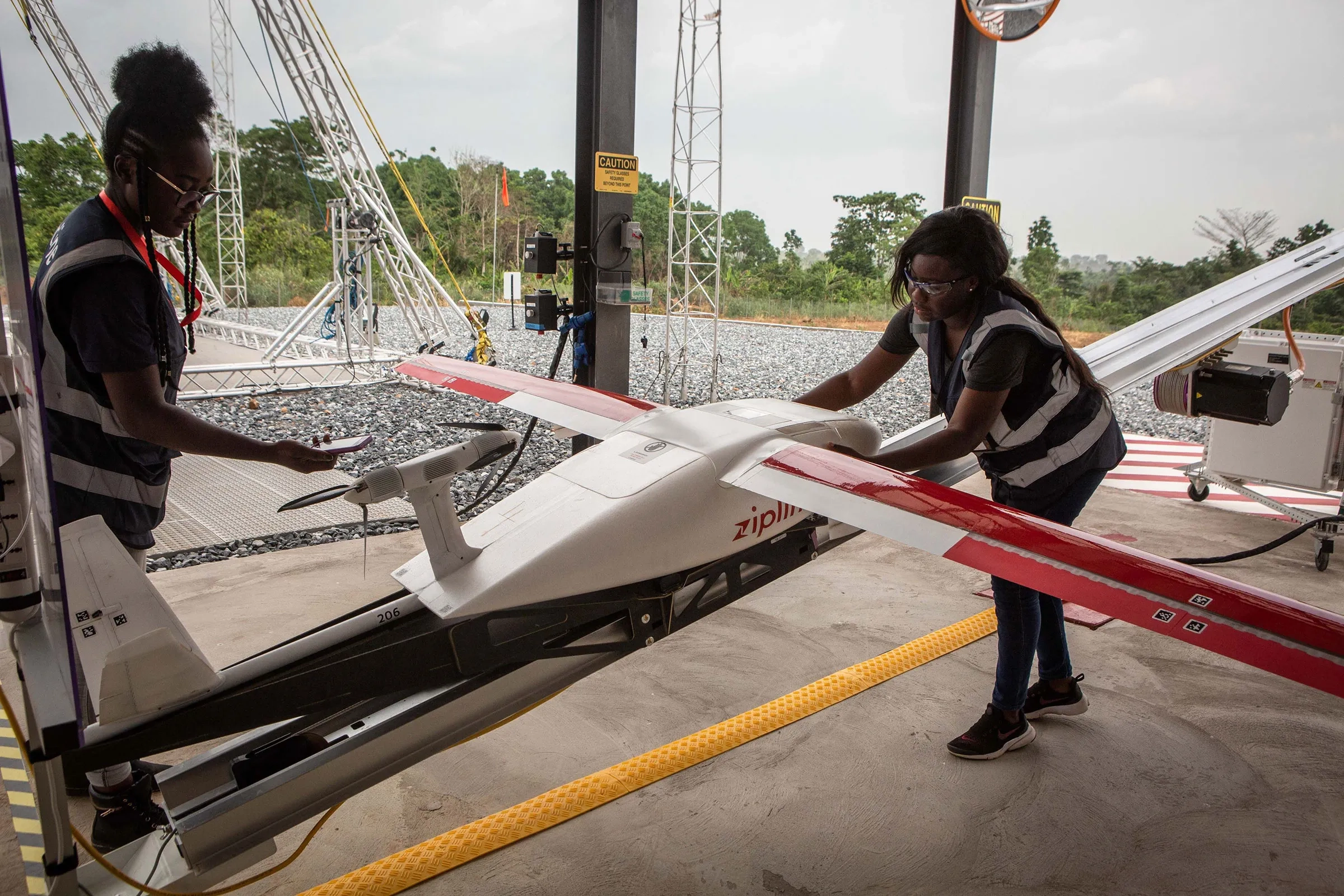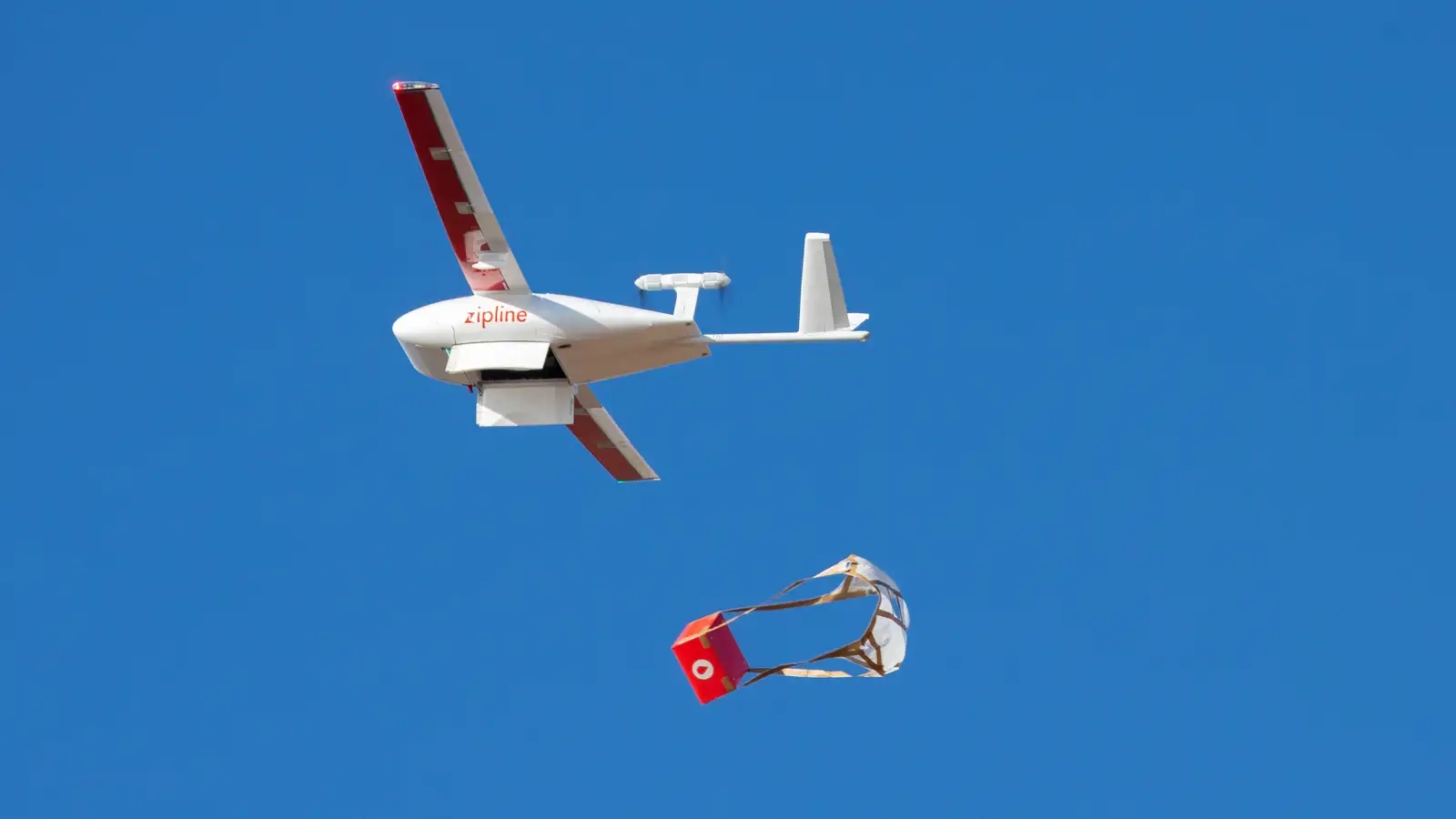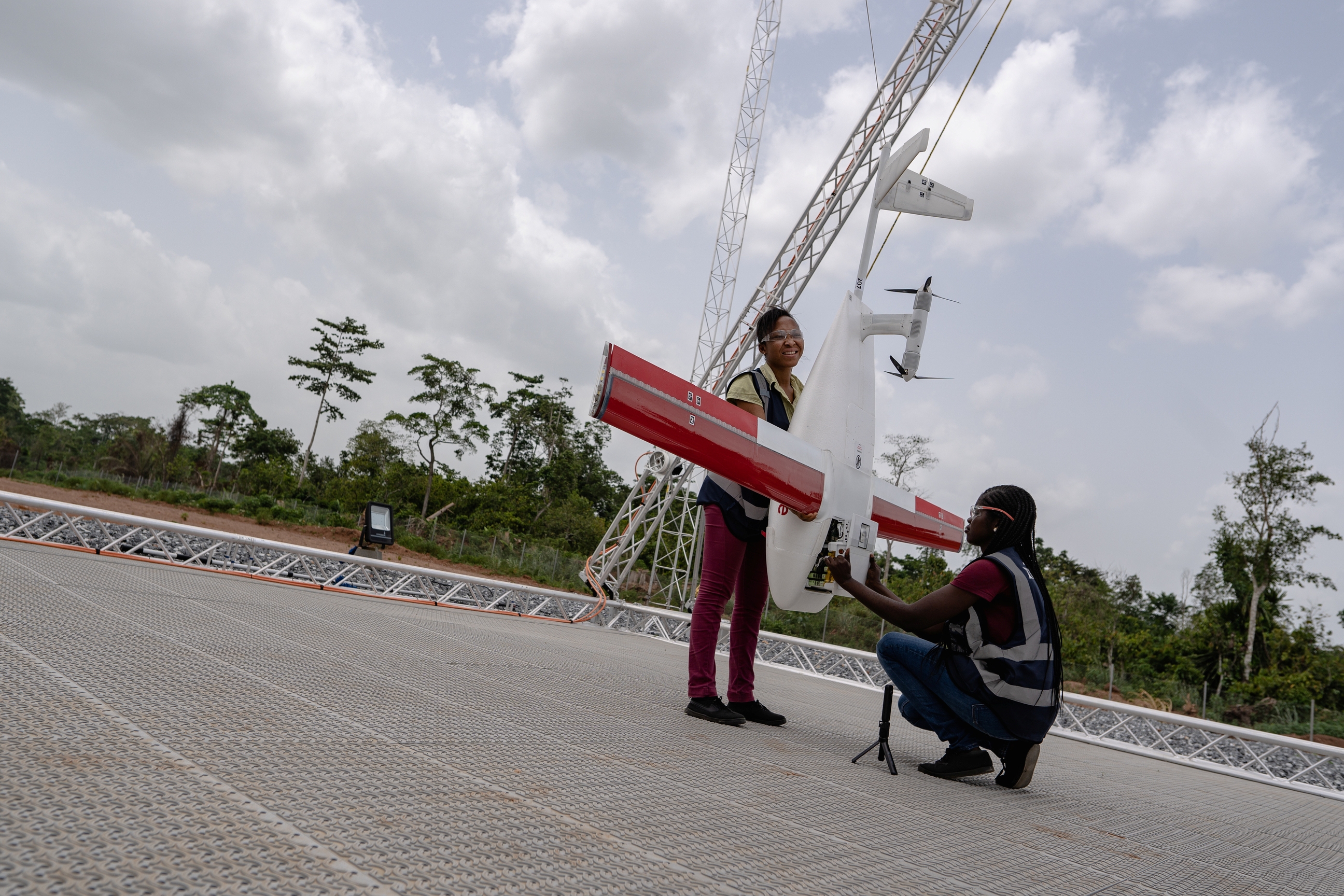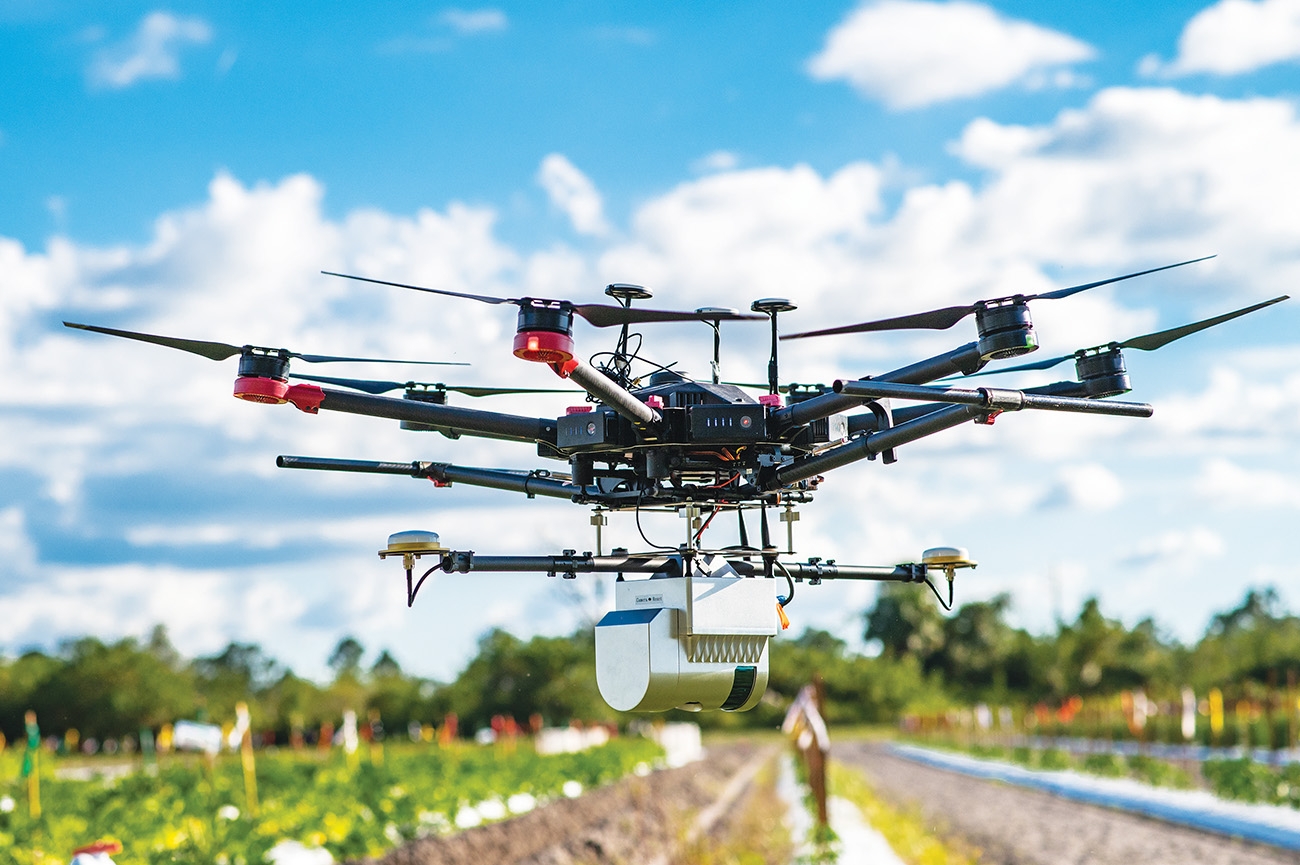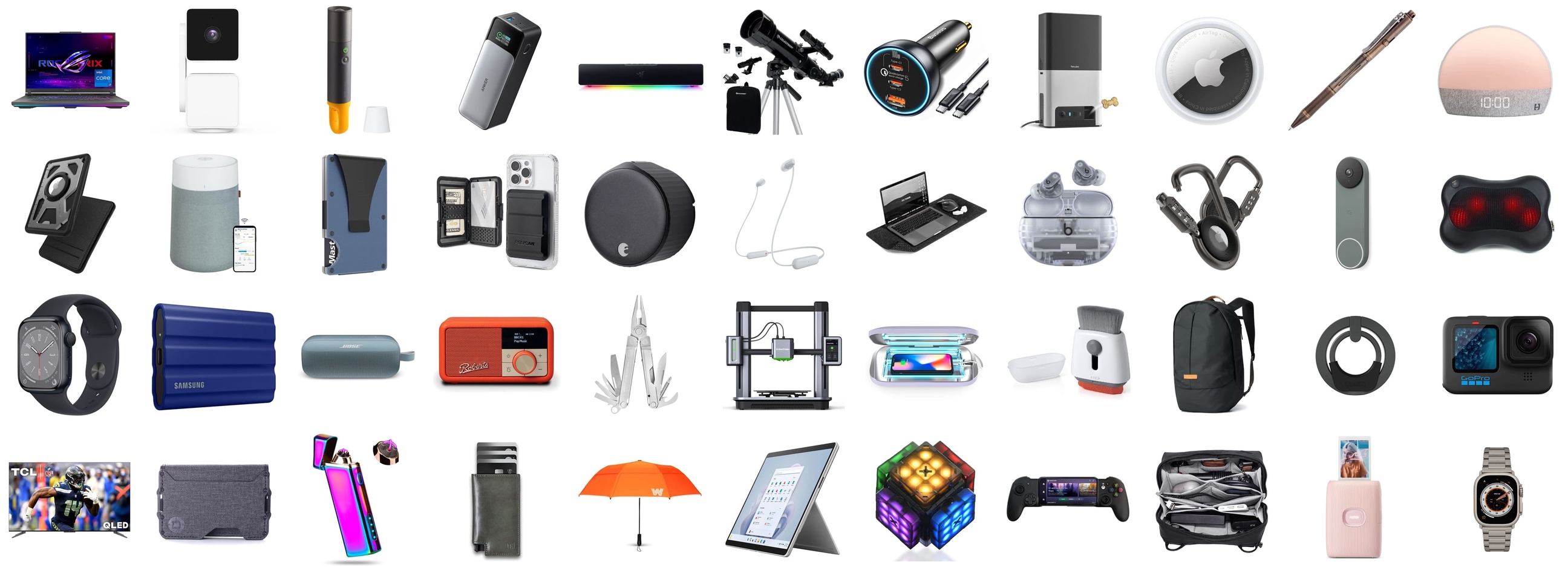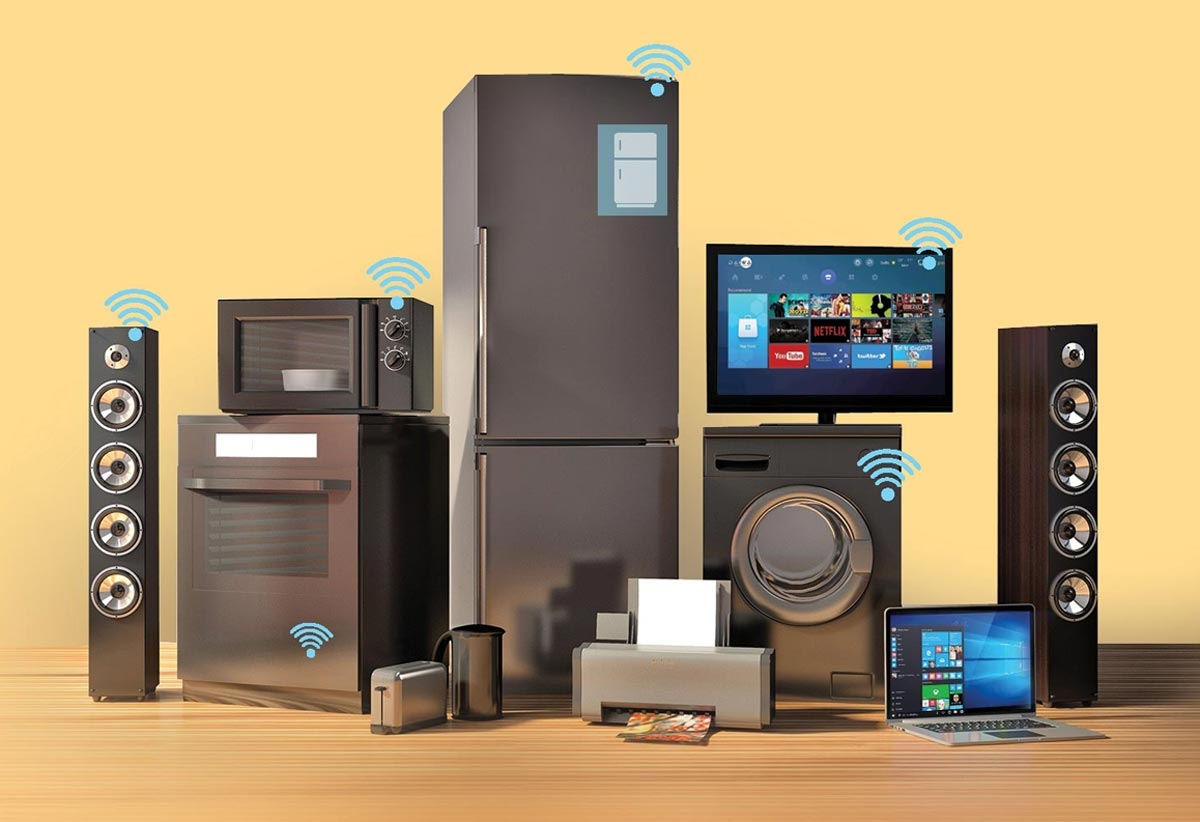Drones:
Drones, also known as unmanned aerial vehicles (UAVs), are flying robots that can be remotely controlled or autonomously programmed. They have a wide range of applications, from military use to commercial and consumer purposes. Here's a deeper look at drone technology, its uses, and where it's heading:
How Drones Work
Drones typically consist of the following components:
-
Frame: The body of the drone, which holds all the components.
-
Propellers and Motors: Drones use multiple propellers (typically 4 for quadcopters) to lift off the ground and stay in the air.
-
Flight Controller: The brain of the drone that stabilizes it in the air, controls movement, and keeps the drone steady.
-
GPS and Sensors: Most drones are equipped with GPS systems for navigation and sensors like cameras, lidar, ultrasonic sensors, or barometers to detect obstacles and help with positioning.
-
Battery: Drones are powered by rechargeable batteries, typically lithium polymer (LiPo), though battery life is a key limitation.
-
Remote Control or Autonomy: Drones can be piloted remotely using a controller or a smartphone, but many drones also operate autonomously, following pre-programmed flight paths or using AI for obstacle detection.
-
Drones are being used for everything from delivery services (like Amazon Prime Air) to agriculture (for crop monitoring), infrastructure inspections, and even search and rescue operations.
-
Autonomous Drones: Drones that can operate without human control, making them more efficient and scalable for large-scale operations
Advantages of Drones
-
Cost-effective: Drones are typically cheaper than hiring helicopters or planes for aerial photography or surveying tasks.
-
Speed: Drones can be deployed quickly and are efficient for tasks like deliveries, inspections, and monitoring.
-
Access to Hard-to-Reach Areas: Drones can fly over areas that are difficult or dangerous for humans to reach, such as mountainous regions, disaster zones, or underwater sites.
-
Real-Time Data: Drones can provide real-time video feeds, thermal imaging, or other data, which can be crucial for immediate decision-making.
Challenges and Limitations
-
Battery Life: Drones are limited by their battery life, which typically lasts between 20 to 40 minutes on a full charge, depending on the model and usage.
-
Regulation and Airspace Restrictions: Drones must comply with various laws and regulations. For example, in many countries, drones are not allowed to fly in controlled airspace, near airports, or above certain altitudes without special permits.
-
Privacy Concerns: Drones equipped with cameras raise concerns about privacy, as they can potentially be used for unauthorized surveillance.
-
Weather Dependency: Drones are sensitive to weather conditions. High winds, rain, or extreme temperatures can prevent safe drone operation.
-
Safety Risks: Drones can be a hazard to other aircraft and people if they malfunction, lose signal, or are improperly operated.
Future of Drones
-
Autonomous Drones: The future will likely see drones that are fully autonomous, meaning they can fly without human intervention and make decisions in real time.
-
Drone Swarms: Multiple drones working together in coordination for tasks like large-scale agricultural spraying, infrastructure inspections, or military operations.
-
AI and Machine Learning: Drones will become smarter, capable of recognizing objects and even understanding complex environments using AI, improving their navigation and task performance.
-
Longer Battery Life: New battery technologies (like hydrogen fuel cells) are being developed to extend the flight time of drones.
